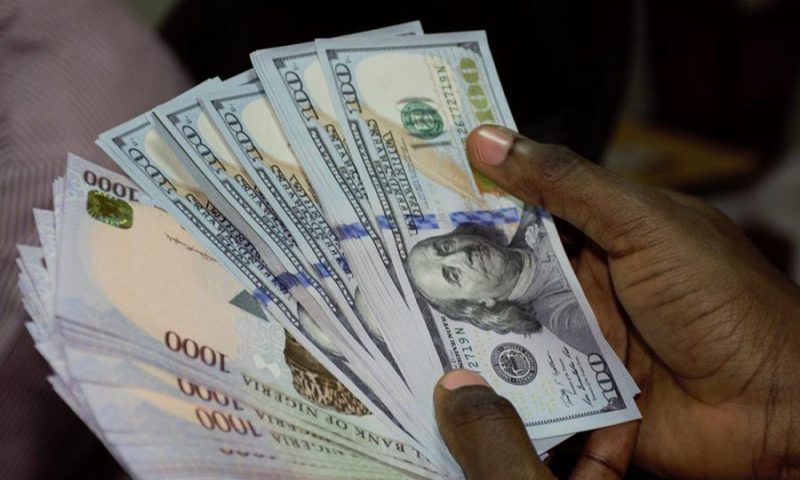The continued rise in prices of crude oil is raising great hopes for the naira and foreign reserves.
The slight declines in the parallel market to N450 per dollar from N448 this week, analysts see scope for sustained levels or gains in coming days after the recent recovery in oil, which contributes about 90 per cent of Nigeria’s foreign exchange revenue.
Brent crude prices were at $38.73 per barrel today, picking up steadily from the bottom of the curve where the prices have remained for months.
The Nigeria’s foreign reserves have also picked up to around $37 billion and expected to rise further as oil prices continues to go up.
Treasury Associate, AZATerry Karanja, said higher oil prices enabled Nigeria’s House of Representatives to pass a N10.8 trillion budget, up from N10.59 trillion tabled in December, based on $28 a barrel oil. AZA is Africa’s largest non-bank currency broker by trading volume.
Other African markets have seen turbulent times for their economies and currencies. African currencies ended weeks of gains in tandem with declines across global markets on concern of a coronavirus second wave impeding recovery in the world’s major economies. Notable in recent weeks has been relative advance for Kenya, which the International Monetary Fund reported as overtaking Angola as the third largest economy in sub-Saharan Africa.
Kenya’s economy is projected to grow by one per cent this year as against 1.4 per cent contraction for Angola, Africa’s second largest oil producer. While Kenya’s Shilling is down 3.8 per cent against the dollar for the past three months, Angola’s Kwanza has lost 22 per cent.
In South Africa, the Rand’s rally to an 11-week high ended with the currency sliding from 16.40 per dollar to 17.15 amid concern South Africa’s spike in coronavirus cases will prolong and deepen recession. We project further pressure in coming days.

In Kenya, reserves and stimulus support are giving the Shilling strong backing. After losing ground from 106.10 earlier in the week to as low as 106.85 amid increased dollar demand from businesses resuming activities, Kenya’s Shilling recently headed back to 106.45. These levels are supported by an increase in central bank dollar reserves by 100 billion shillings to $9.26 billion, equivalent to 5.56 months of import cover.
The government yesterday tabled a 2.7 trillion shilling ($25 billion) 2020/2021 budget including a 35 billion shilling ($330 million) stimulus package to buoy the economy. With a reduction in daily curfew hours and increased economic activity spurring import revenue, we see current levels sustaining in coming days.
However, in Uganda, rate cut to record low is weakening the Ugandan Shilling. Uganda’s 100 basis points rate cut to seven per cent, the lowest level since the central bank introduced its policy benchmark in 2011, sent the Shilling weakening to 3768 per dollar from 3721 earlier in the week.
The central bank lowered its forecast for economic growth to 2.5-3.5 per cent this year vs. an April forecast of three to four per cent. With slow reopening of the economy and increased dollar demand from merchandise importers, we expect slight pressure on the Shilling for the near term.



